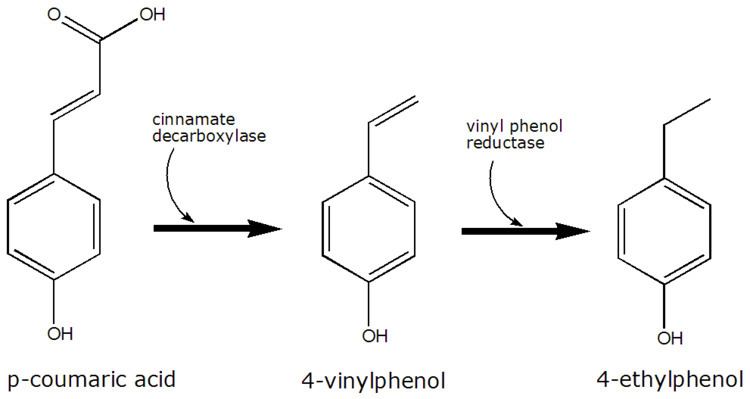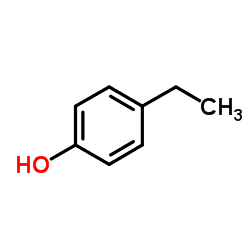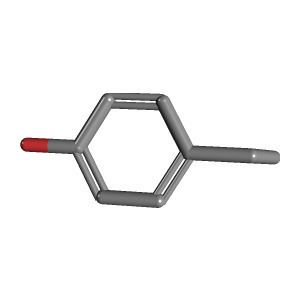Formula C8H10O Boiling point 218 °C | Molar mass 122.16 g/mol Appearance White solid | |
 | ||
4-Ethylphenol, often abbreviated to 4-EP, is a phenolic compound.
Contents
Natural occurrences

In wine and beer, it is produced by the spoilage yeast Brettanomyces. When it reaches concentrations greater than the sensory threshold (140 µg/L) it can give the wine aromas described as barnyard, medicinal, band-aids, and mousy. In certain Belgian beer styles, a high 4-EP level may be desirable; however, very high levels of the compound in wine can render it undrinkable. The level of 4-ethylphenol is roughly proportional to Brettanomyces concentration and activity, and can therefore be used as an indicator of the yeast's presence. There are significant differences between strains of Brettanomyces in their ability to produce 4-ethylphenol.

It is also a component of castoreum, the exudate from the castor sacs of the mature North American beaver (Castor canadensis) and the European beaver (Castor fiber), used in perfumery.
Biochemistry

4-Ethylphenol is produced from the precursor p-coumaric acid. Brettanomyces converts this to 4-vinylphenol via the enzyme cinnamate decarboxylase. 4-Vinylphenol is further reduced to 4-ethylphenol by the enzyme vinyl phenol reductase. Coumaric acid is sometimes added to microbiological media, enabling the positive identification of Brettanomyces by smell.

